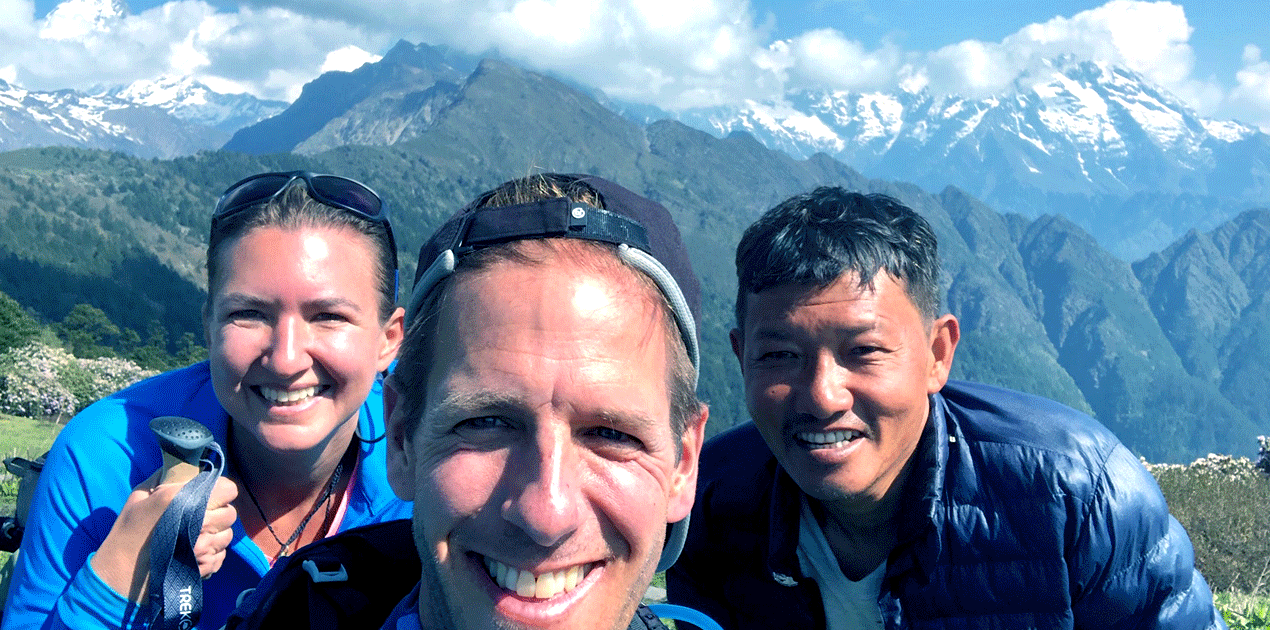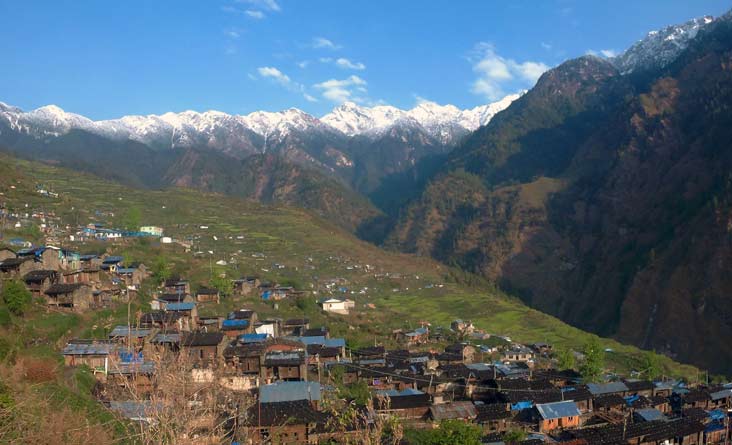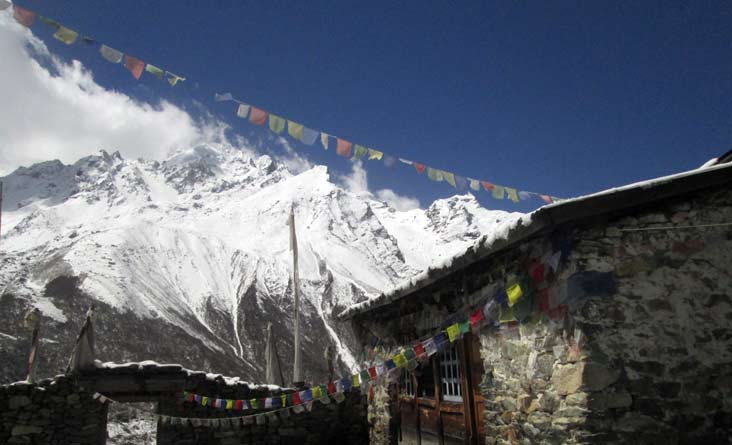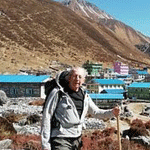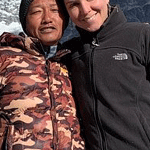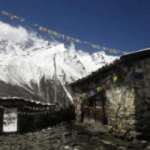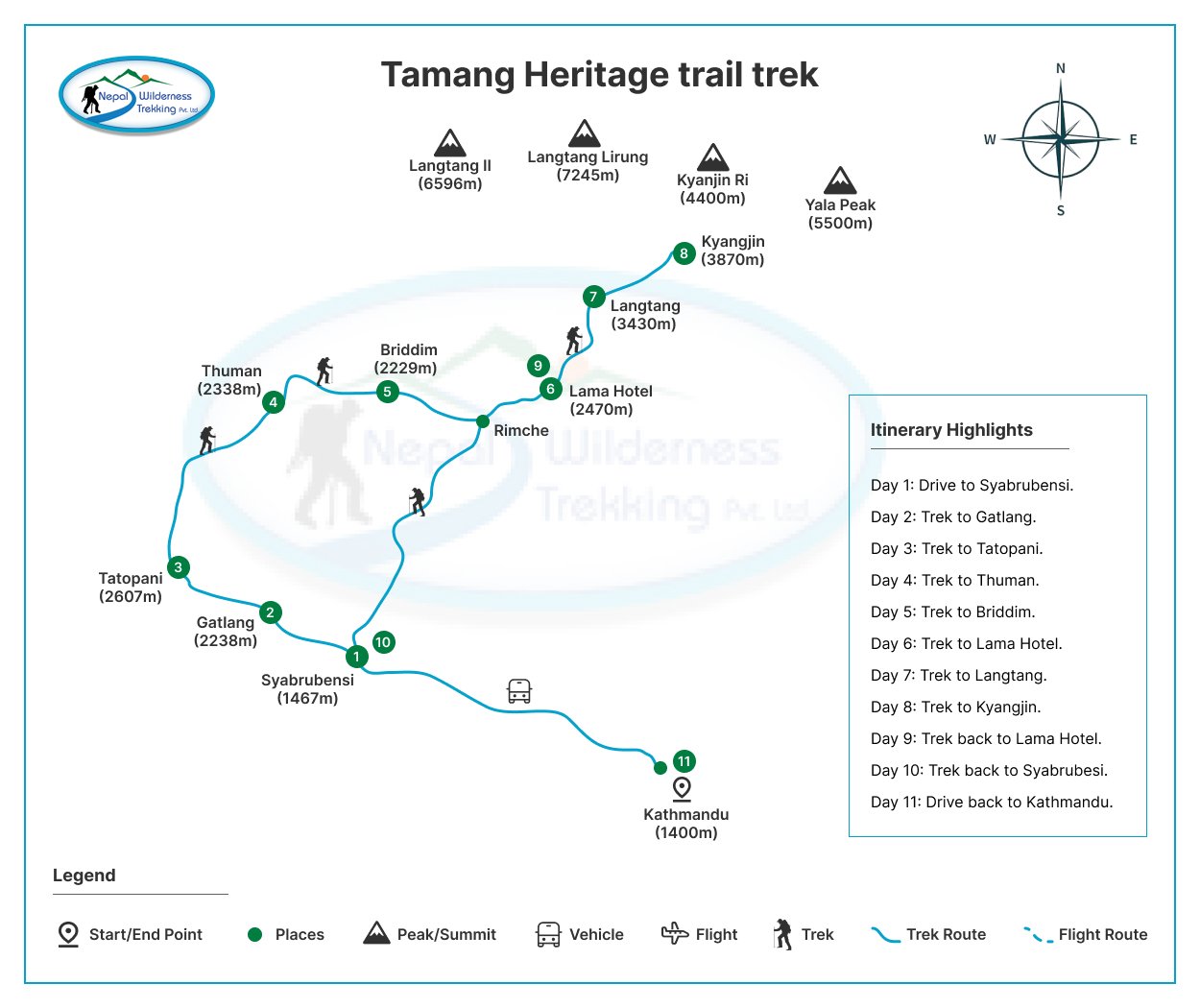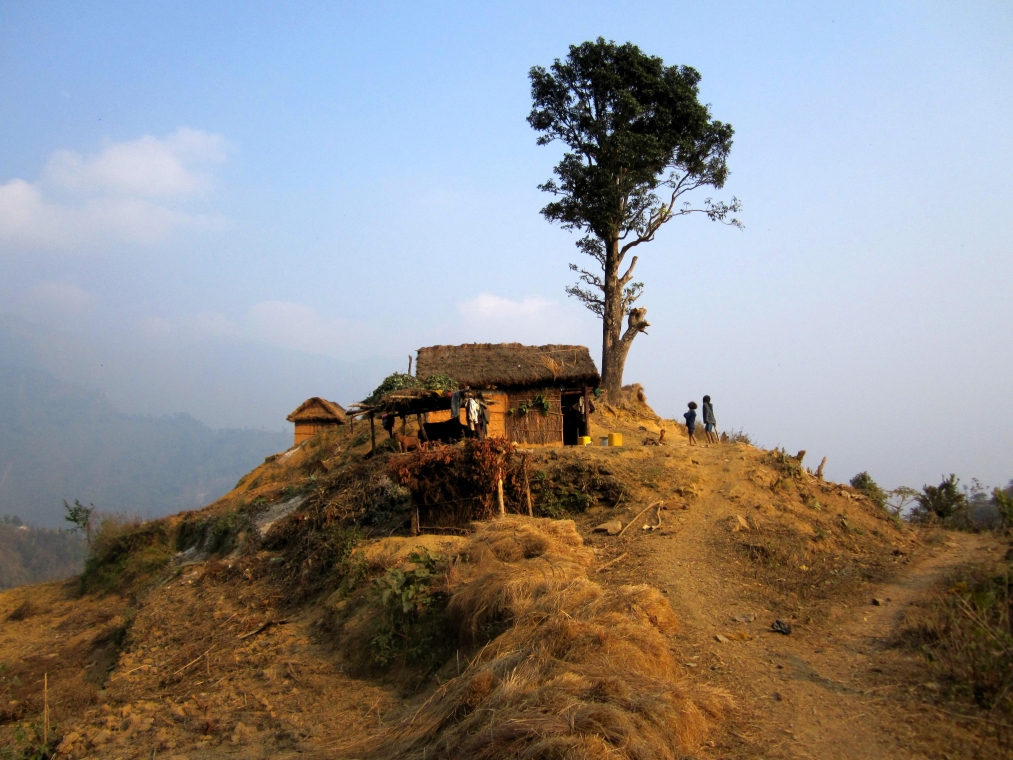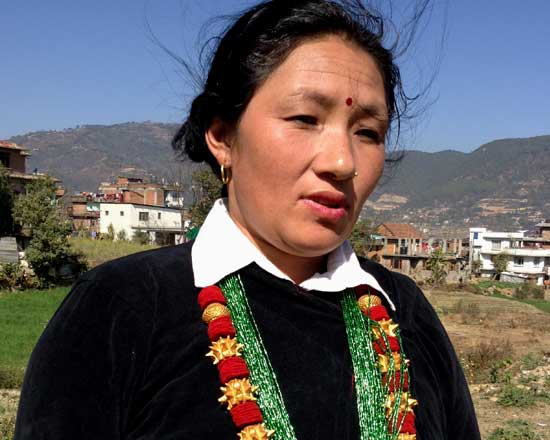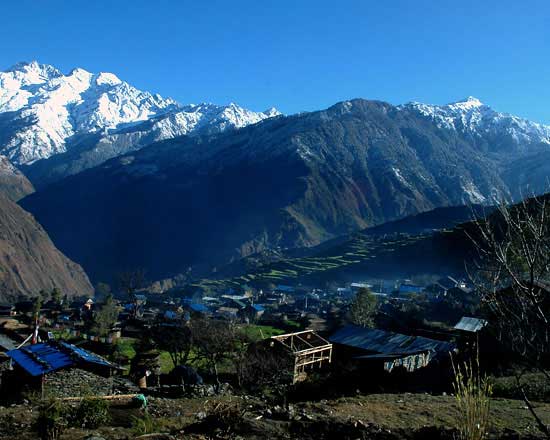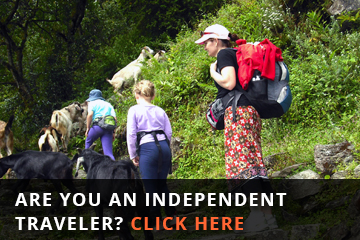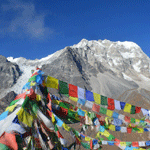
Tamang Heritage Circuit and Langtang valley trek.
I recently went on a memorable 10-day trek in the Langtang region, with Rajesh Gurung from Nepal Wilderness Trekking as my guide / porter. Rajesh did a fantastic job. I appreciated so much his carrying my pack (as well as his own), but was equally grateful for the care and attention he showed along the way in making sure I had what I needed at each overnight teahouse stop. He knew the trails and villages well, and was great in providing encouragement when I was struggling up another long ascent (or down a steep descent). His spoken English – which is much better than my non-existent Nepali – continued to improve as we spent time together. I recommend him highly. I also recommend the Nepal Wilderness Trekking company more broadly. Himal Ghale in Kathmandu was responsive and efficient in helping me put my trek together, at short notice. There are many trekking agencies in Kathmandu, not all of them reliable. But this is definitely one of the good ones.

